1. Homeownership

Buying a home has always been a major milestone, but by 2030, it could be a fantasy for millions of Americans, according to Business Insider. Home prices have been climbing steadily for decades, but the last few years have been particularly brutal. Low inventory, high demand, and institutional investors snapping up properties have driven costs through the roof. Add in rising interest rates, and even a “starter home” could soon be out of reach for middle-class families.
Wages haven’t kept up with housing costs, and younger generations are already struggling to break into the market. If trends continue, we might see homeownership rates plummet, with more people stuck in long-term renting. Unfortunately, rent prices are skyrocketing too, making it harder to save for a down payment. Unless there’s a major shift in housing policy or the economy, owning a home could become an unattainable dream for millions.
2. Rent

If buying a home is getting harder, renting isn’t much better, CBS News reports. Nationwide, rents have been rising at an alarming rate, especially in major cities. What used to be a reasonable cost for a one-bedroom apartment is now pushing past mortgage-level prices. And as inflation drives up costs for landlords—property taxes, maintenance, and insurance—they pass those costs directly to tenants.
With demand outpacing supply, many people are getting priced out of even modest rental units. If wages don’t catch up, we could see a future where stable housing becomes a luxury. More Americans might be forced into house hacking, extended co-living situations, or even van life just to keep a roof over their heads. The rental crisis isn’t just a coastal problem anymore—it’s hitting middle America, and by 2030, renting a decent place could be an impossible challenge.
3. Higher Education
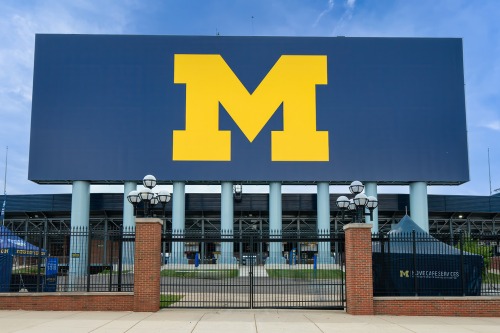
College has been getting more expensive for decades, but by 2030, it might be completely out of reach for many families, according to CNN. Tuition and fees have increased at a rate far higher than inflation, and student loan debt is already crushing millions of borrowers. Even public universities, once an affordable alternative, have seen dramatic price hikes, making it harder for middle-class students to attend without taking on massive debt.
With fewer government subsidies and rising administrative costs, universities continue to raise prices. If this trend holds, we could see a future where only the wealthy can afford a traditional four-year degree. Community colleges and trade schools might become the only viable options for the average American, while elite institutions become even more exclusive. Without major reforms, higher education as we know it may no longer be an option for most.
4. Healthcare
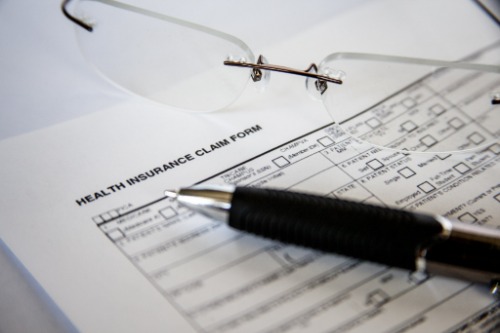
Healthcare in the U.S. is already staggeringly expensive, but the next decade could make it even worse. Insurance premiums, deductibles, and out-of-pocket costs are climbing faster than wages, putting even routine medical care out of reach for many, according to USA Today. Prescription drug prices continue to rise, and hospitals are charging more to compensate for labor shortages and supply chain issues.
By 2030, the gap between what insurance covers and what patients owe could grow even wider. Many Americans are already skipping doctor visits due to cost, and that trend is likely to accelerate. With fewer people able to afford preventive care, we could see an increase in untreated chronic illnesses, pushing even more people into medical debt. Without significant healthcare reform, basic medical services could become a privilege rather than a right.
5. Childcare
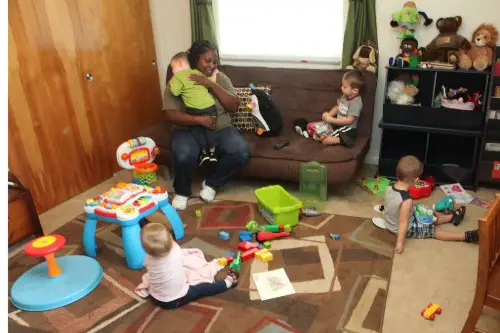
Raising kids has never been cheap, but childcare costs are spiraling out of control, according to CBS News. In some states, full-time daycare already costs more than in-state college tuition. The pandemic worsened the situation, forcing many daycare centers to close and creating a worker shortage that has driven prices even higher. Parents are struggling to find affordable options, and many are being forced to leave the workforce altogether.
If wages don’t keep up with childcare inflation, many families will simply be priced out. By 2030, having both parents work full-time may be financially impossible for lower- and middle-income families. More households might have to rely on informal childcare solutions, like relatives or community co-ops. Unless significant policy changes happen, affording daycare could become a luxury for only the wealthiest families.
6. Car Ownership
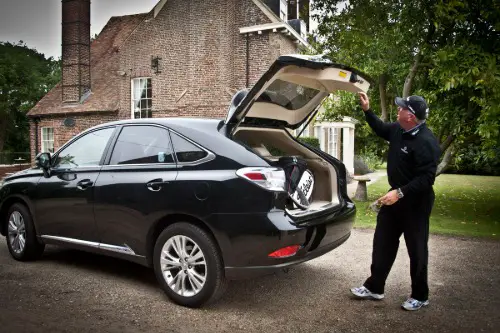
Owning a car has always been a major expense, but by 2030, it could be a financial burden that many Americans can’t afford. New and used car prices have soared in recent years, thanks to supply chain shortages, increased production costs, and rising demand. Even with interest rates on car loans climbing, people are still stretching their budgets just to get a decent vehicle.
Insurance rates, maintenance costs, and gas prices aren’t helping either. As cities shift towards electric vehicles, traditional gas-powered cars might become expensive to maintain, while EVs remain out of reach for many due to high upfront costs. If prices keep rising, we could see fewer people owning personal vehicles, forcing more reliance on public transportation—if it’s even available in their area.
7. Groceries
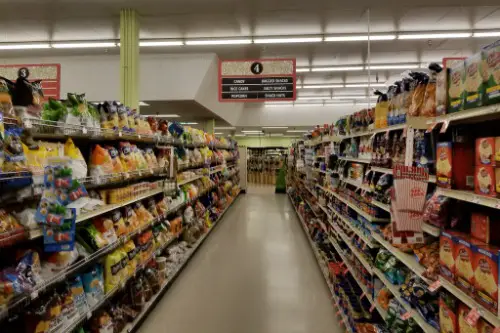
The price of food has skyrocketed over the past few years, and by 2030, even basic groceries could feel like a luxury. Climate change, supply chain disruptions, and corporate price hikes have all contributed to rising costs. Staples like eggs, meat, and dairy have seen some of the steepest increases, but even processed foods and pantry essentials are getting more expensive.
If these trends continue, Americans may have to drastically change their eating habits. More people might turn to discount grocers, bulk buying, or home gardening just to make ends meet. Dining out, already an occasional splurge for many, could become even more rare. Unless wages rise in tandem with food costs, the simple act of feeding a family could become a serious financial strain.
8. Dining Out

Eating at restaurants is already becoming a luxury, and by 2030, it could be completely out of reach for many Americans. Menu prices have surged due to rising food costs, labor shortages, and higher wages for workers. Even fast food, once a cheap and easy option, is no longer as affordable as it used to be. A basic combo meal at some chains now costs as much as a sit-down meal did a decade ago.
As inflation continues, restaurants will have no choice but to raise prices even further. We could see a shift where dining out is something people do only on special occasions, rather than as part of their regular routine. Small, independent restaurants might struggle to survive, leaving only large chains that can afford to absorb higher costs. If wages don’t keep up, grabbing a burger and fries could become a financial decision rather than a casual treat.
9. Air Travel
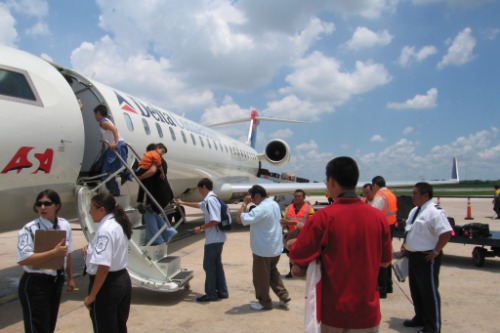
Cheap flights have made travel more accessible over the years, but those days might be numbered. Rising fuel prices, labor shortages, and higher operational costs are pushing ticket prices higher. Budget airlines, once a haven for frugal travelers, are struggling to keep costs low, and additional fees for baggage, seat selection, and even carry-ons are making flying more expensive than ever.
By 2030, international travel could become a privilege reserved for the wealthy. Even domestic flights might feel out of reach for the average American. As airlines consolidate and reduce competition, prices are unlikely to drop. Road trips could become the more affordable alternative, but with gas prices also climbing, even that might not be a budget-friendly option for long.
10. Utilities
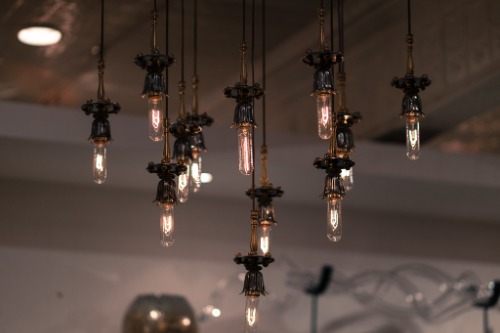
Electricity, water, and heating costs have all been creeping up, and there’s little reason to believe they’ll stop by 2030. Climate change is pushing energy grids to their limits, leading to increased costs for both production and distribution. More extreme weather events—heatwaves, cold snaps, hurricanes—are causing infrastructure damage that utility companies pass on to consumers.
As more areas push toward renewable energy, transition costs might also lead to higher bills in the short term. Water shortages in parts of the country could lead to rising costs for basic services. For lower-income households, keeping the lights on and the water running might take a bigger bite out of their budget than ever before. If incomes don’t rise to match, utilities could become a serious financial burden.
11. Streaming Services
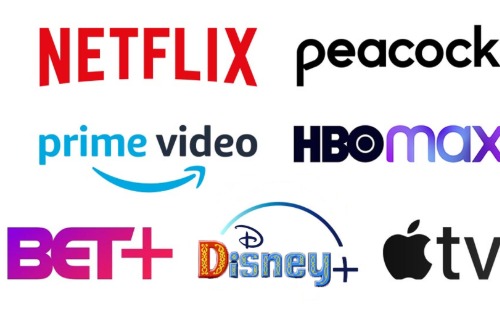
Remember when cutting the cable cord was supposed to save money? Now, with every major entertainment company launching its own streaming platform, costs are piling up fast. Subscription fees keep rising, and more content is being placed behind premium paywalls. What used to be an affordable way to watch TV has turned into a fragmented, expensive mess.
By 2030, we could see more people dropping streaming services altogether as the costs become unsustainable. Companies are already experimenting with ad-supported models and price hikes, and the trend is unlikely to reverse. If people have to choose between groceries and binge-watching their favorite show, entertainment might take a backseat. The golden age of streaming could be coming to an end.
12. Public Transportation
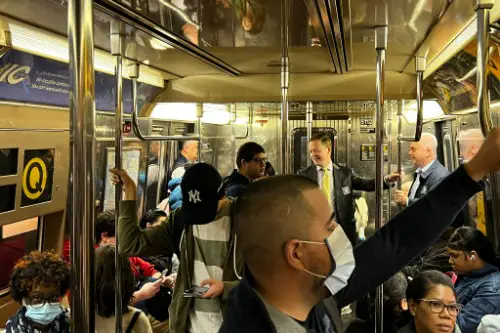
You’d think public transportation would remain affordable, but rising operational costs are threatening that assumption. Cities across the country are struggling to maintain their transit systems, with aging infrastructure and budget shortfalls leading to higher fares. The pandemic hit public transit hard, and many systems haven’t fully recovered.
If funding continues to decline, we could see more service cuts, fare increases, and reduced accessibility. That would disproportionately impact lower-income workers who rely on buses and trains to get to their jobs. By 2030, some cities might have transit systems that are too expensive for many residents to use regularly, forcing them to find other, often pricier, transportation options.
13. Insurance

Whether it’s health, home, or auto insurance, premiums are climbing, and there’s no sign of a slowdown. Climate change is making home insurance more expensive, with some companies pulling out of high-risk areas altogether. Auto insurance rates are rising due to increased repair costs and more accidents caused by distracted driving. Health insurance premiums and deductibles continue to rise as medical costs soar.
By 2030, insurance could become one of the biggest expenses Americans face. Some people might have to take the risk of going uninsured because they simply can’t afford the monthly payments. Others may be forced into policies with sky-high deductibles, effectively making insurance useless unless a major catastrophe strikes. If costs continue rising unchecked, many Americans will be one disaster away from financial ruin.
14. Retirement

Saving for retirement has always been a challenge, but by 2030, it might feel downright impossible for many Americans. Pensions are largely a thing of the past, Social Security is facing funding concerns, and 401(k) plans aren’t keeping up with inflation. Many workers simply don’t have enough left over after covering basic expenses to put away meaningful savings.
With longer life expectancies and rising healthcare costs, retirees will need more money than ever to maintain a decent standard of living. But if wages don’t rise significantly and the cost of living continues to climb, younger generations may find themselves working well into their 70s just to get by. The idea of retiring comfortably could become a privilege rather than an expectation.


